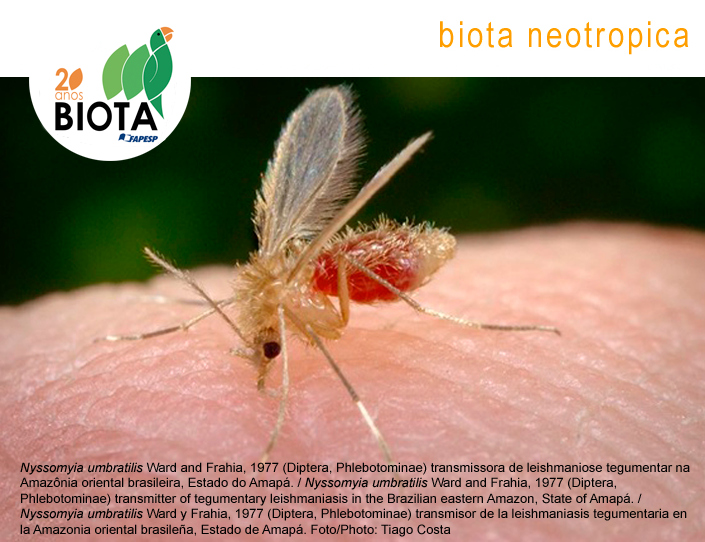Potential dispersal of aquatic snails by waterbird endozoochory in neotropical wetlands
Abstract
Abstract Waterbird-mediated zoochory is one of the main ecological mechanisms by which non-flying freshwater invertebrates can disperse between isolated wetlands. Passive dispersal through gut passage inside waterbirds (endozoochory) may explain how many organisms spread in the landscape. Here, we evaluate the potential for dispersal of aquatic snails by three waterbird species in neotropical wetlands. A total of 77 faecal samples from Coscoroba coscoroba (n = 28), Dendrocygna viduata (n = 36) and Anas flavirostris (n = 13) were collected in the field and taken to the laboratory. There, the samples were examined under a stereomicroscope to check for the presence of gastropod shells. We found 496 intact gastropod shells, and Heleobia piscium was the most abundant species (n= 485). We also found two shells of Drepanotrema sp. and nine others distributed between two different morphotypes of Planorbidae. Snails were present in 20.8 % of all samples, and were more frequent in faeces of coscoroba swan (50%) than the other two bird species. Our data suggest that aquatic snails may disperse by avian endozoochory between neotropical wetlands, with vectors including migratory bird species.Published
2022-01-01
How to Cite
Barboza, L. C., Silva, G. G., Green, A. J., Maltchik, L., & Stenert, C. (2022). Potential dispersal of aquatic snails by waterbird endozoochory in neotropical wetlands. Biota Neotropica, 22(2). Retrieved from https://www.biotaneotropica.org.br/BN/article/view/1897
Issue
Section
Short Communications
